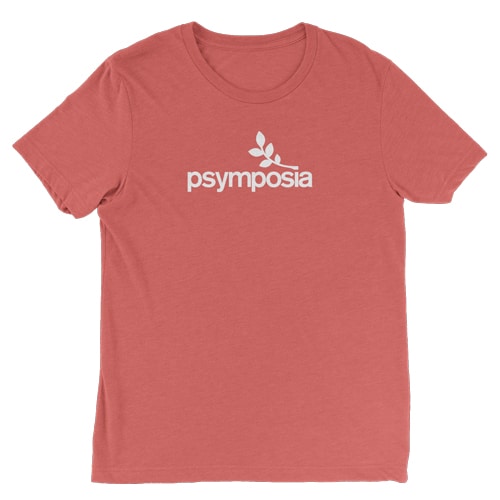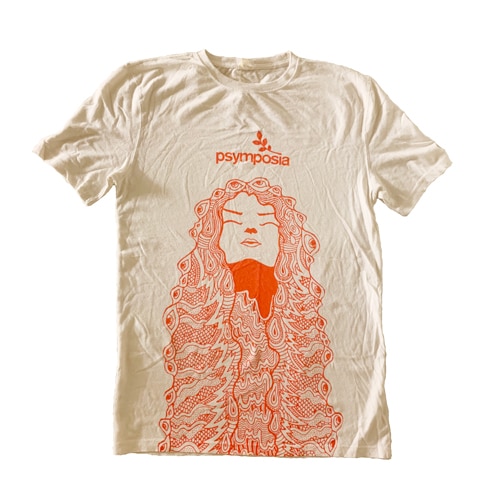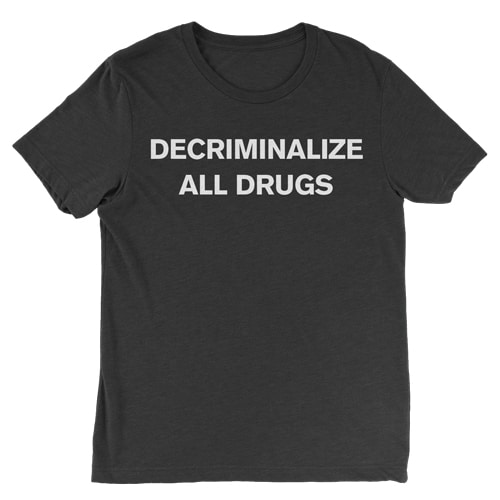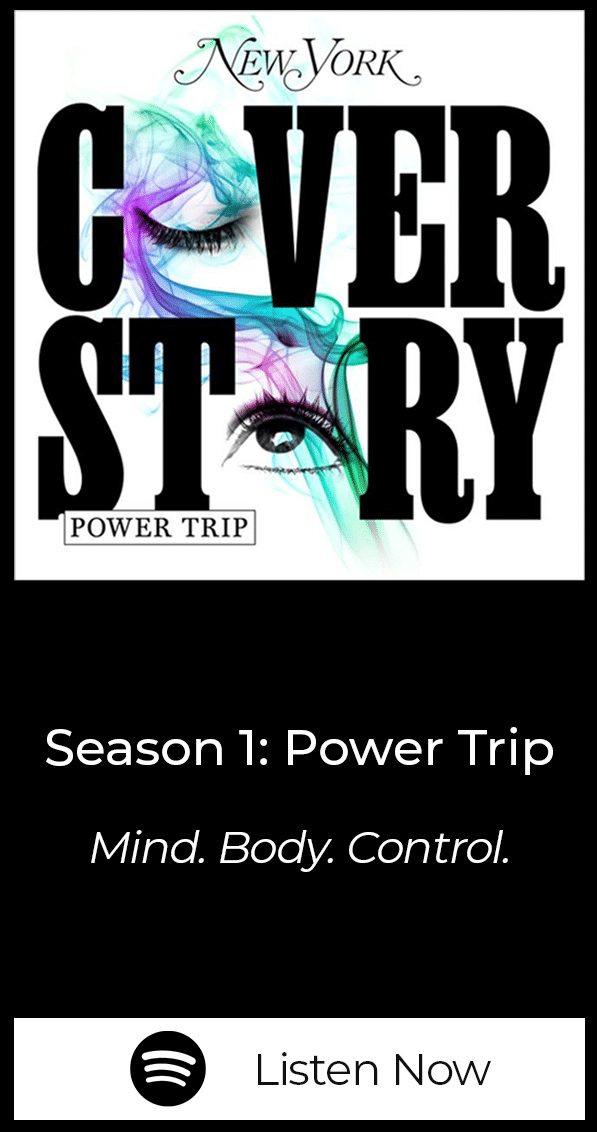Globalhuasca: A Closer Look at the Global Ayahuasca Movement
Many of us are well-meaning in our engagement with plant medicines, but we cannot disregard the real-world impact that our actions inevitably have, regardless of intent.
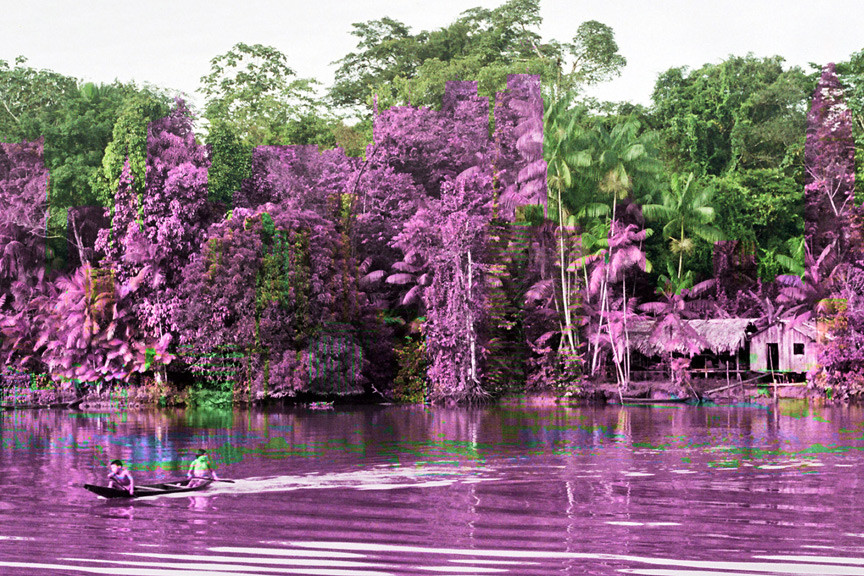
Psymposia is a 501(c)(3) nonprofit research and media organization that offers critical perspectives on drugs, politics, and culture. We rely on contributions from our readers and listeners. Your support is vital to sustaining Psymposia.
Support Psymposia’s independent journalism on Patreon and help us drive the Mystery Machine! We’re a bunch of meddling kids who are unmasking the latest shenanigans on the psychedelics beat.
Once buried in obscurity, the Amazonian concoction known as ayahuasca has captured the hearts and minds of people around the world, earning for itself a near-mythical reputation among the psychedelic community and exploding in international popularity over the past decade.
[Read the reaction piece: Globalhuasca: Reciprocity and Integration of Indigenous and Scientific Worldviews]
It’s really no surprise that the brew is turning so many heads—as anyone who has had the privilege of experiencing full immersion into the realms that it gives us access to knows that within those strange and ineffable spaces is the capacity for profound growth and discovery, wonder, and healing.
It may seem natural then that something so seemingly magical would attract the attention of people all over the world.
There is certainly no shortage of media exposure—ayahuasca is now frequently featured in movies, TV shows, major magazine articles, and has even been endorsed by celebrities using it for diet and detox programs on reality television.
Those who hear rumors of its miraculous healing abilities, or tales of the mind-bending and ego-shattering journeys that push even the most seasoned of psychedelic explorers to their limits, understandably want to investigate and experience for themselves the enigma that is ayahuasca.
However, many people have raised concerns about the global ayahuasca craze and the consequences that it has for the indigenous cultures that have been using it longest.
They argue that the rise of ayahuasca’s popularity can be attributed to globalization, a process through which interconnection between cultures is accelerated through economic policies that maintain an unequal distribution of power and wealth, thereby introducing ayahuasca (and the cultures that use it) as commodities to be consumed in a global capitalist market.
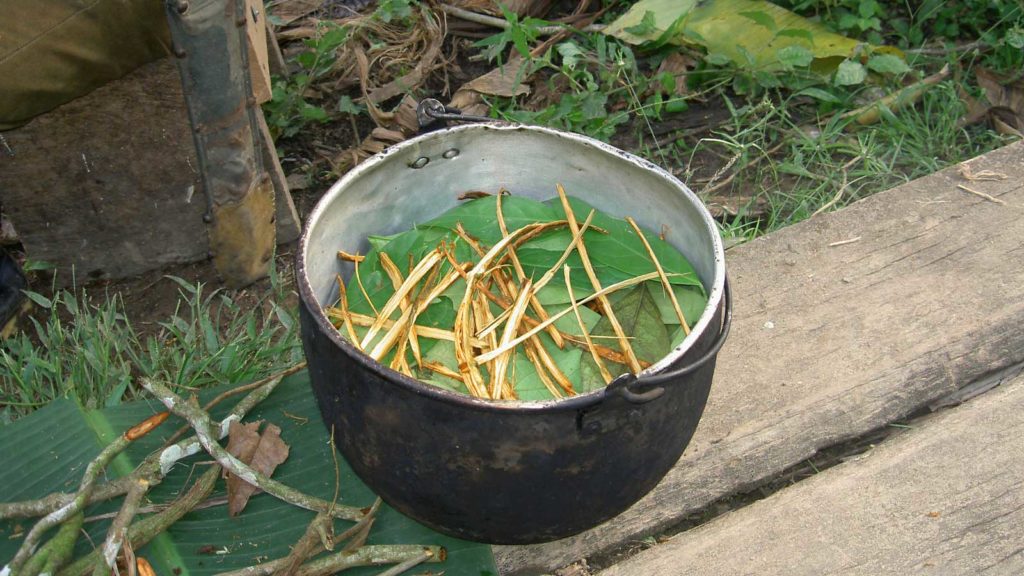
I am no stranger to the promise that ayahuasca has to offer people from all walks of life. I’ve seen first-hand how this remarkable drink can bring desperately needed healing to those facing loss, trauma, and addiction. It has personally offered me insights that have altered the course of my life in profoundly transformative and indisputably positive ways.
My concerns certainly don’t take away from the meaning that I’ve placed in my encounters. However, if they have truly shown me anything of value at all, it’s that I cannot ignore the hard and unfortunate truth that—regardless of my intentions—my overwhelmingly positive experiences with ayahuasca have been made possible solely because of the social, economic, and ecological exploitation of the Amazon and its people.
The history of ayahuasca use in the Amazon reveals a nuanced and rich history of intercultural exchange that precedes European expansion. Yet, it also tells of the horrific and violent legacy of colonialism that characterizes the region’s interaction with the Western world, and therefore must inform my engagement as a Westerner.
European invasion of the South American continent brought about a number of new social orders, notably the Spanish sistema de castas, a racialized hierarchy that determined class and social worth. This hierarchy colored the violence of European expansion and framed the justification for an era of genocide that claimed an estimated eight million native lives, leaving a lasting impact that shaped the social structure and political landscape of the continent for generations to come.
Many indigenous groups of the Northwest Amazon resisted the extreme violence and exploitation at the hands of colonial settlers by mobilizing their people in large demonstrations of resistance that often took the form of dance festivals, religious rituals, and other acts of cultural preservation (Gearin, 2015). For many of those at the head of these movements, such as the renowned Venancio Kamiko, ayahuasca rituals played a critical role in relaying the importance of an anti-colonial practice that actively resisted exploitation and preserved cultural unity.
The interaction between mestizos, African slaves, and indigenous peoples made necessary by colonization fostered intercultural exchange that gave rise to a number of new languages, belief systems, and traditions.
The use of ayahuasca was among one of many native customs that was adopted by mestizos, giving rise to vegetalismo, a mestizo approach to ayahuasca healing that combines traditional indigenous practices and beliefs with Catholic influences. Vegetalismo is sometimes considered the face of modern ayahuasca traditions in South America, and is one of the models followed by retreats in urban centers such as Iquitos, a unique city in Peru that is often regarded as the epicenter of ayahuasca tourism. The Santo Daime, founded by a black rubber tapper in the 1930s, and the União do Vegetal (UDV), founded in 1961, are well-known examples of modern ayahuasca traditions that grew out of this intercultural exchange.
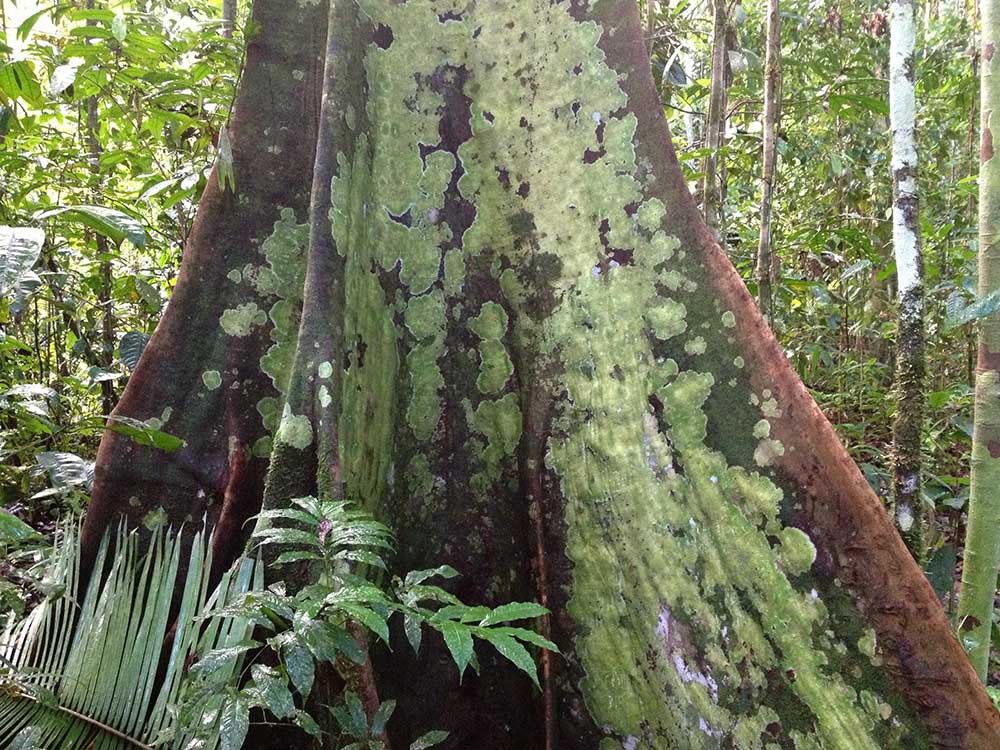
Ayahuasca has since been spread far beyond its roots in South America and now holds a powerful global presence. By 1953 ethnobotanist Richard Evans Shultes had tracked down ayahuasca in Colombia and shared it with the infamous Beat poets William S. Burroughs and Allen Ginsberg, who went on to introduce the tea to Western consumers in their published Yage Letters. Academic interest continued to grow steadily over the following decades, finally exploding with the introduction of the internet which gave the public the means to access and exchange information on an unprecedented scale.
In recent decades, tourism has been sold by development agencies as a way for poor countries to generate income. Unfortunately, the high start-up costs of the industry largely bar local businesses from participating, forcing them to rely on external investments. As a result, power is concentrated in the hands of foreign stakeholders, creating cycles of economic dependency dictated by the demand of outside interests.
The same can be said for the growing number of ayahuasca retreat centers, which attract thousands of tourists each year. These retreats are predominately owned by foreigners who have enough money to invest, often with little or no ties to the community in which they operate (May, 2015). In most cases, positions made available to locals are low-paying, such as cooking and cleaning. Typically, foreigners are hired for the higher paying jobs, such as translators and facilitators (Labate & Cavnar, 2014).
These sort of inequalities, inherent to an industry that prioritizes the comfort of foreign tourists, have far-reaching economic and social impacts that extend well beyond the retreat centers into the very communities in which they occupy.
Many indigenous groups are struggling to preserve their traditions as global interest in ayahuasca grows. Younger generations increasingly adapt modern Western paradigms in order to avoid discrimination, and many communities are seeing a decline in the number of people practicing traditional medicine.
The situation has left many of the remaining healers with no choice but to leave their communities to find work at foreign-owned retreats, creating a cycle of dependency. For some groups, such as the Siona, ayahuasca has become the principal means of engaging with outsiders for resources while continuing to express their cultural identity (Langdon, 2016).
One anthropologist demonstrates that the evolution of their use of ayahuasca can be framed as a strategy for survival, a cultural transfiguration “that has allowed the Siona to survive as a collective group in the face of the violence and the growing economic importance of the region during the last 30 years.” This is made clear by the modification of their traditional ceremonial dress and beadwork, which now reflect patterns and styles popularly recognized as indigenous in the Americas and Europe (Langdon, 2016).
The case of the Siona is but one example of how native communities are often pressured to re-brand their cultural practices for Western consumption, yet many others exist.
One well-known instance is that of the Ethnobotanical Stewardship Council (ESC), an American NGO born out of a 2013 Colorado conference surrounding drug policy reform. ESC founder Joshua Wickerham expressed concern over the rapid growth of the ayahuasca tourism industry, which is largely unregulated. Citing “new types of ayahuasca activity, changes in international drug policy, and reports of charlatanism, sexual assault, or even death,” the ESC proposed that the organization would respond by raising awareness and bringing together stakeholders to “develop mechanisms for recognizing ayahuasca retreat centers that adhere to best practices” (ESC 2014).
The organization quickly came under heavy fire from the international ayahuasca community, and in 2014 over 60 expert researchers, NGOs, and activists signed a public statement rejecting the platform of the ESC. Their critique drew attention to the ESC’s alarmist fundraising campaign in which the organization overstated the level of danger inherent to Amazonian ayahuasca ceremonies. The lack of meaningful indigenous representation and the troubling undertones of commercial motive were also key points of the statement. Other critics argued that the policies proposed by the ESC aimed to replace local community control in the Amazon by a form of market regulation linked to the tourist industry.
The incident demonstrates how efforts framed by a global capitalist market and driven by consumer demand can have unforeseen consequences, even despite the best of intentions.
The issue of commodification and misrepresentation is a hot topic in the psychedelic scene, evidenced by the growing trend of for-profit “churches,” retreats, and other questionable capitalistic endeavors taken on by spiritual charlatans around the world. In fact, so many people are trying to capitalize on these practices that entire databases have been created to document their activity.
The problem is so rampant that in 1999 a coalition of Colombian healers known as the Union de Medicos Indigenas Yageceros de la Amazonia Colombiana (UMIYAC) came together for an eight-day gathering to address concerns over the increase of foreign interest in their medicines. The event was attended by representatives from eight tribes. Together they issued the historic Yurayaco Declaration, a public statement that raises a number of issues critical to the globalization of native culture.
Non-indigenous people are finally acknowledging the importance of our wisdom and the value of our medicinal and sacred plants. Many of them profane our culture and our territories by commercializing yagé and other plants; dressing like Indians and acting like charlatans. We see with concern that a new type of tourism is being promoted which deceives the foreigners with so-called “services of Taitas or shamans” in a number of villages of the foothills. Indeed, even some of our own indigenous brothers do not respect the value of our medicine and go around misleading people, selling our symbols in towns and cities.
The declaration goes on:
We denounce those who take our seeds to patent them, to own them…those anthropologists, botanists, business people, doctors and other scientists who are experimenting with yagé and other medicinal and sacred plants without taking into account our ancestral wisdom and our collective intellectual property rights…We declare that yagé and other medicinal plants we use are the patrimony and collective property of the indigenous people. Its use in the name of mankind must be carried out with our participation and we should enjoy any other benefits that derive from its exploitation.
Here the statement is referring to an instance in 1986, when an American bio-prospector named Loren Miller traded two packs of cigarettes for a bottle of ayahuasca, that he then patented with the United States Patent and Trademark Office (PTO). The incident caused outrage, and the patent was eventually revoked in 1999 after a formal request by the Coordinadora de las Organizaciones Indigenas de la Cuenca Amazona (COICA), which represents over 400 indigenous groups throughout South America.
Unfortunately, Miller appealed the PTO’s decision to revoke the patent, and, in complete disregard of the wishes of native peoples, it was re-instated in 2001. The patent expired in 2003 and is currently un-renewable due to international law, but the incident is regarded as a heavy symbolic loss, representative of a continued legacy of colonial domination and blatant disregard for indigenous autonomy.
The Yurayaco Declaration laid out a series of concrete demands including legal recognition of indigenous intellectual property rights, repossession of native territories and sacred sites, and active support from non-native peoples who benefit from indigenous knowledge. The document was clear in stating that all people, regardless of race, can benefit from ayahuasca. This last point lends some hopeful possibility to the discussion.
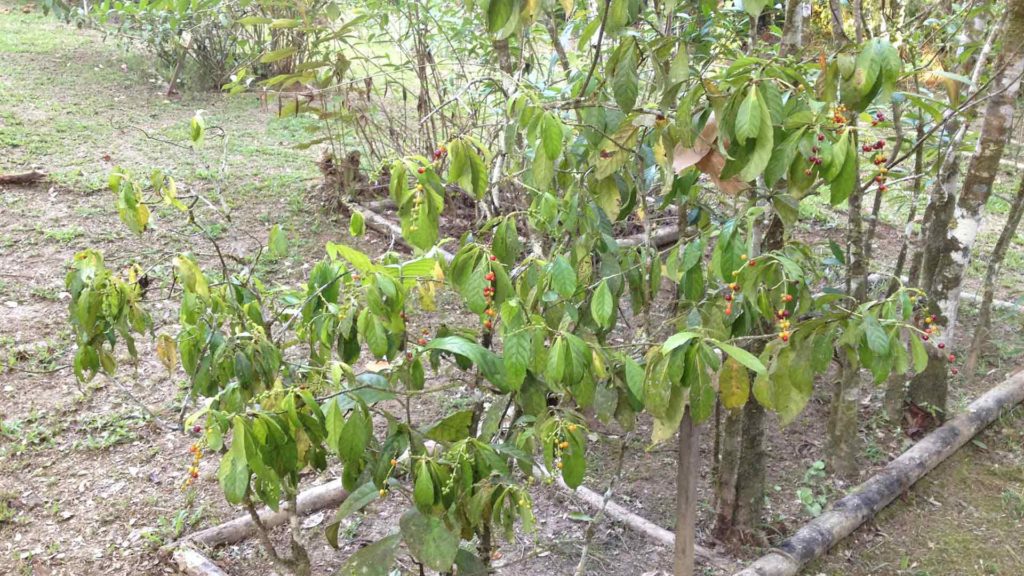
When we consider the countless individuals whose lives have been positively impacted by ayahuasca, and the abundance of biomedical research supporting its success in the treatment of mental health disorders and addiction, it is hard to argue that it has no place in Western society.
How then might we approach our engagement in a way that accounts for the unequal relationships that have provided us access to these experiences, that addresses the complex ways in which cultural identities are impacted by growing interest in ayahuasca?
Many people seek out ayahuasca to find value and meaning in their life. Many of us, myself included, are confronted with a kind of cultural dysmorphia; we feel removed and dissociated from a toxic culture of modernity, and ayahuasca offers hope and authenticity in a society that feels more plastic by the day.
However, after taking a closer look at the mechanisms that make it accessible to us, I am led to believe that our collective engagement with ayahuasca is in fact not authentic at all, but steeped in the same consumerist paradigms that so many of us seek refuge from. With this said, I feel that if it is authenticity we’re looking for, we might have more luck in our own backyards.
The plants used in traditional ayahuasca brews are found in the Amazon, but DMT and harmaline-containing plants happen to grow almost everywhere. In my opinion, ayahuasca analogs provide an ethical and sustainable way to experience an oral DMT trip, offering a hopeful alternative to the current consumerist market model.
For example, the Acacia genus of trees and shrubs are native to many climates and are easy to cultivate, and over eighty different Acacia species are known or suspected to contain DMT. Both the Phalaris genus of grasses and Desmanthus illinoensis are incredibly common sources of DMT, beta-carbolines, and other psychoactive alkaloids—although results are experimental at this stage. The well-known ethnobotanists Jonathan Ott and Keeper Trout have both compiled volumes of literature on the subject of ayahuasca analogs, and an entire community exists of underground researchers who have made it their mission to identify plants that can be used for this purpose most effectively. Many of these species are so widespread that they’re considered weeds in their native habitats, and seeds or live plants can be purchased from online vendors and nurseries at incredibly low cost.
The advent of the internet has provided many new outlets for the sustainable exploration of psychedelic plant medicines. For those whom foraging for wild plants is not an option, online communities such as Share the Seeds (STS) provide a peer-to-peer platform for enthusiasts to freely trade live plants and seeds. Plants traditionally exported for Western ayahuasca drinkers are typically wild-harvested in grossly unsustainable ways, often leaving large swathes of land clear-cut and littered with the remains of uprooted species—killed in order to harvest their inner root bark, which contains the densest concentration of profitable alkaloids. These plant species take decades to grow and are critical not only to the ecosystems in which they are a part, but to the surrounding communities who depend on them for survival. The model provided by STS avoids dependence on these unsustainable markets and the exploitation of indigenous labor, all while creating an opportunity for individuals to directly participate in the preservation of endangered plant species.
Anyone who engages with ayahuasca should be aware of these alternatives. After all, what could be more authentic than cultivating a genuine relationship with the plants we intend to consume by identifying them in our local ecosystems or growing them in our homes?
As the community moves forward in bringing visibility to psychedelic medicine, we must do so in a way that gives back to those from which we’ve taken so much. Outside of seeking sustainable alternatives, ordinary people who have a stake in ayahuasca’s globalization can be proactive by engaging with their community to ensure that its use is protected under the law.
Bringing to mind the devastating impact that black-market demand for cocaine has had on the communities of coca farmers, and as court cases and legal disputes surrounding ayahuasca grow in number, it’s critical that we recognize how the nature of ayahuasca’s assimilation into Western culture has far-reaching implications for its home in the Amazon. Organizing to ensure that the use of ayahuasca is legally protected is a concrete and tangible way for anyone to engage in real world harm reduction that actually makes a difference in our communities.
Where does this leave us?
Right now, water protectors at Standing Rock are being forcibly removed from their land through militarized police raids. Right now, the Navajo continue to drink radioactive water contaminated by mining companies, and right now nearly 30% of indigenous people in this country are living in poverty.
For those of us who have benefited from ayahuasca, at what point will we call on our transformative experiences to cultivate meaningful change in our society? How can we claim that we have learned anything of value from these experiences if they don’t compel us to engage with the world we live in and those who we share it with? Beyond the world of think-pieces, social media, and NGOs, we need to ask ourselves what our engagement actually looks like and think critically about what it means when we fail to act.
Psychedelics have shown me some hard truths. I believe, fiercely, that they are some of the most powerful tools available to us for deconstructing the harmful patterns of behavior that make exploitation possible. I’m left feeling discouraged that the psychedelic movement has largely failed in confronting the difficult truths that characterize our position of privilege as a movement. Many of us are well-meaning in our engagement with plant medicines, but we cannot disregard the real-world impact that our actions inevitably have, regardless of intent.
Dennis McKenna once suggested that ayahuasca can be thought of as a “gentle emissary,” that it has been consciously making itself known throughout the world in order to spark the radical shift in global consciousness so desperately needed in our collapsing society. While I don’t necessarily disagree with the sentiment, my hope in writing this article is to challenge this narrative.
By examining the means through which ayahuasca has become a global commodity, it is clear to me that its rise to popularity can be seen as a phenomenon that has had undoubtedly negative, although unintended, consequences.
Drinking ayahuasca might make us more aware of the interconnections that make up our world, but unless we act on our compassion and use these states of mind to actively analyze our own engagement through a critical lens, the trend only furthers the colonialist legacies that many of us so desperately want to transform.
Hey! Before you go… Psymposia is a 501(c)(3) non-profit media organization that offers critical perspectives on drugs, politics, and culture. We strive to ask challenging questions, and we’re committed to independent reporting, critical analysis, and holding those who wield power accountable.
Our perspectives are informed by critical analysis of the systemic crises of capitalism that have directly contributed to the unmitigated growth of addiction, depression, suicide, and the unraveling of our social relations. The same economic elite and powerful corporate interests who have profited from causing these problems are now proposing “solutions”—solutions which both line their pockets and mask the necessity of structural change.
In order for us to keep unpacking these issues and informing our audience, we need your continuing support. You can sustain Psymposia by becoming a supporter for as little as $2 a month.
Jordan May
Jordan May is a writer who explores the intersections between drug policy, psychedelics, and community engagement.

